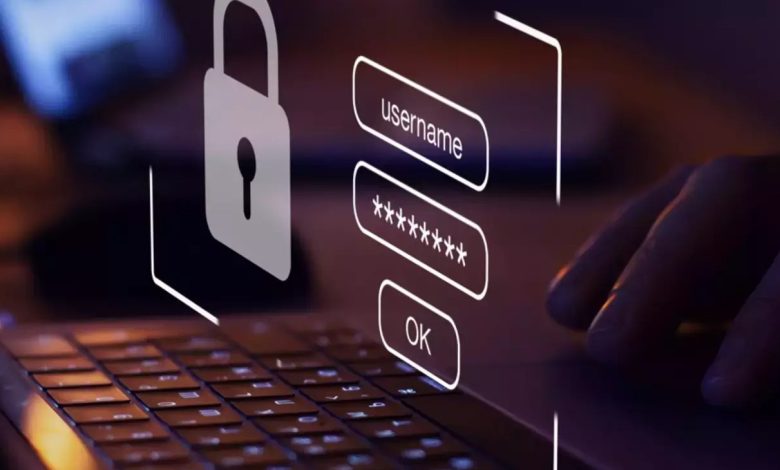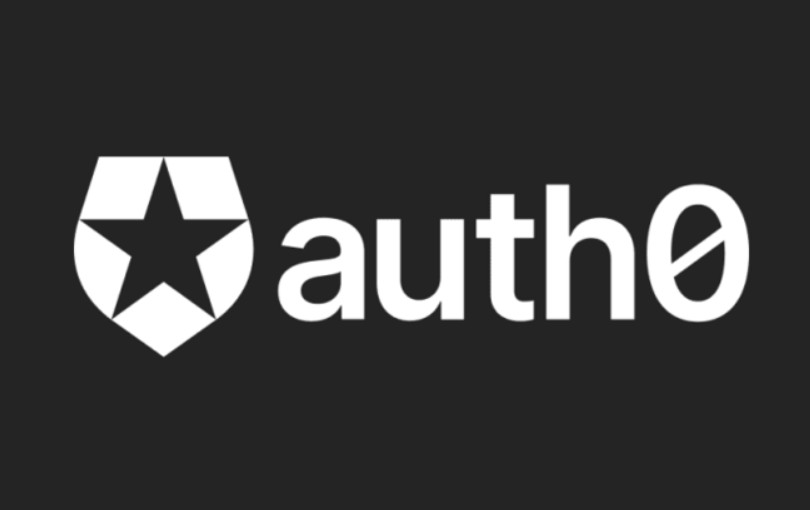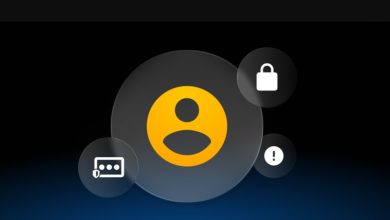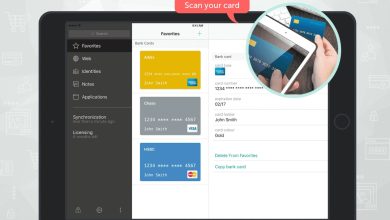Proofpoint Unmasks Microsoft OAuth Impersonation, Uncovers MFA Illusion
Trust Nothing, Trust No One

For all of today’s technologies, many cyberattacks still depend on deception and subterfuge. Unfortunately, the ways cyber criminals are deceiving people and systems are evolving as well. In fact, it took on a new form in 2025 by masquerading as trust itself. This much was uncovered by Proofpoint, whose latest report delved on the Microsoft OAuth app and how it has become a cautionary tale of trust being weaponised and dismanting even the most robust cyber defence available.
In case you need a refresher, Microsoft OAuth is a secure protocol that allows apps and services to access user data but without ever needing to know your password. It is part of a broader standard called OAuth 2.0, and Microsoft uses it across platforms like Microsoft 365, Azure, and the Microsoft identity platform. In other words, it’s as legit as legit can be, and no one would likely mistake it as a vector for an attack. After all, Microsoft made it. Microsoft uses it.
Microsoft OAuth: Anatomy of an Attack
With surgical precision, threat actors were able to create fake Microsoft OAuth applications that mimicked trusted brands like SharePoint, Adobe, DocuSign, RingCentral, and more. These malicious apps were not crude imitations by legit-looking ones, complete with convincing names, logos, and permission prompts.

This uncanny resemblance to legitimate apps ultimately lulled users into a false sense of security—and once they clicked “Accept,” they were redirected through a CAPTCHA page, a clever anti-bot measure, before finally landing on a spoofed Microsoft login portal. From the app to the CAPTCHA to the Microsoft login portal, everything looked legit and above-board. It turns out that wasn’t the case at all. It was all a well-designed ruse, deception in the highest order.
Behind the scenes, phishing kits like Tycoon and ODx harvested credentials and session tokens, bypassing multifactor authentication (MFA) and granting attackers persistent access to Microsoft 365 accounts. The OAuth tokens, immune to password resets, became silent keys to the kingdom so to speak.
The Illusion of Security
Multifactor authentication has long been heralded as the gold standard of account protection. But this campaign exposes its Achilles’ heel: the human element. Users, conditioned to trust familiar logos and benign permission requests, unwittingly authorized access to malicious apps. The attack did not break MFA—it sidestepped it entirely.
This is not merely a technical failure. It is a philosophical one. The assumption that MFA alone can safeguard identity is flawed. Instead, security must be holistic, adaptive, and skeptical. This should be the case for everything and everyone, even of what appears familiar, because in today’s deceitful world, almost nothing is what it seems.
Key Takeaways from the Microsoft OAuth Impersonation Campaign
|
Aspect |
Details |
| Attack Vector | Fake Microsoft OAuth apps impersonating trusted brands |
| Bypass Technique | CAPTCHA + spoofed login + AiTM phishing kits (Tycoon, ODx) |
| MFA Vulnerability | Microsoft OAuth tokens survive password resets; MFA bypassed via token authorization |
| Scope of Impact | 3,000+ accounts compromised across 900+ Microsoft 365 environments |
| Microsoft’s Mitigation | Blocking legacy protocols; requiring admin consent for app access |
Scope of Attacks, Their Implications, and Microsoft’s Response
Proofpoint observed over 50 impersonated applications and thousands of malicious messages sent from compromised business accounts. The campaign targeted industries with surgical precision, even impersonating ILSMart, a legitimate aerospace marketplace, to exploit niche trust relationships.
The implications are profound. Attackers no longer need to brute-force their way into systems. They simply need to ask nicely—and look trustworthy while doing it.
In June 2025, Microsoft announced updates to default settings in Microsoft 365, including blocking legacy authentication protocols and requiring admin consent for third-party app access. These changes, rolling out through August, are expected to curtail such abuse. But the damage is done. The campaign has already compromised nearly 3,000 user accounts across 900 environments.
Security vendors and organisations must now reckon with a new reality: identity is the new perimeter, and trust is its most vulnerable asset.
A Final Word
This Microsoft OAuth campaign is a stark reminder that in what looks familiar may be the most dangerous. This certainly applies to cybersecurity and should be taken into account when building a robust, proactive, and holistic security architecture.
At the end of the day, it just might be best to trust nothing and trust no one.




